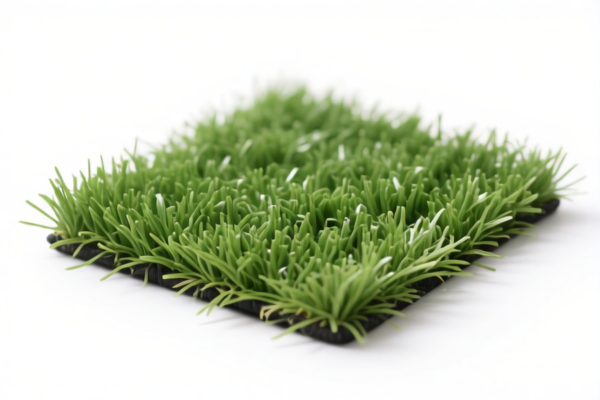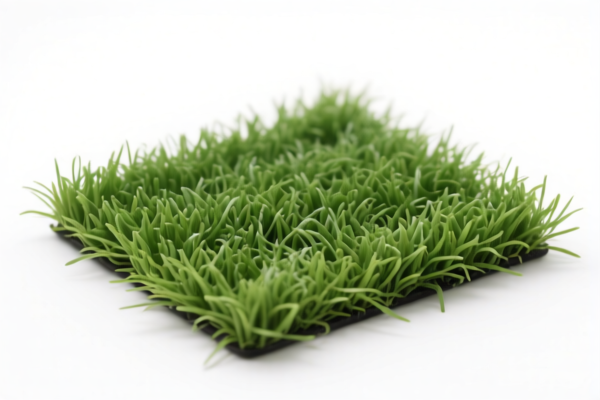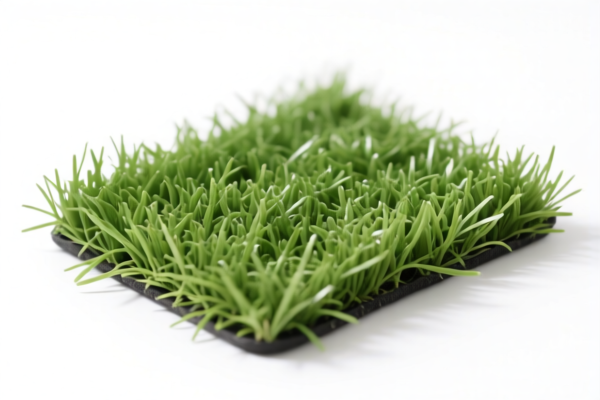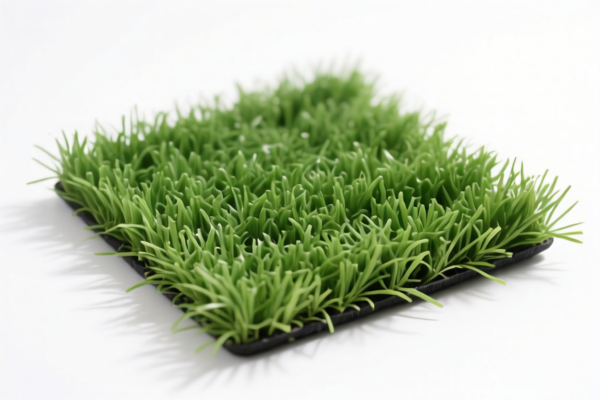| HS Code | Official Doc | Tariff Rate | Origin | Destination | Effective Date |
|---|---|---|---|---|---|
| 6702102000 | Doc | 38.4% | CN | US | 2025-05-12 |
| 6702104000 | Doc | 33.4% | CN | US | 2025-05-12 |
| 6703006000 | Doc | 37.5% | CN | US | 2025-05-12 |
| 1211908990 | Doc | 55.0% | CN | US | 2025-05-12 |




Fake Water Grass
Fake water grass, also known as artificial aquatic plants or silk plants, are decorative items designed to mimic the appearance of real aquatic vegetation. They are utilized in a variety of settings to simulate the aesthetic of natural ponds, aquariums, and water features without the need for live plants.
Material
These plants are typically constructed from the following materials:
- Polyester: A common synthetic fiber used for the leaves and stems due to its durability, resistance to fading, and affordability.
- Plastic (Polyethylene, PVC): Often used for stems and bases, providing structure and weight. PVC offers greater flexibility.
- Wire: Embedded within stems to provide shape and allow for posing and arrangement.
- Lead or Ceramic: Used as weighting in the base to keep the plants submerged or anchored.
- Silk/Rayon (less common): Higher-end artificial plants may use silk or rayon for a more realistic texture, though these are less durable for underwater use.
Purpose
The primary purpose of fake water grass is aesthetic enhancement. They are used to:
- Decorate Aquariums: Provide visual interest, hiding places for fish, and simulate a natural environment.
- Enhance Ponds & Water Gardens: Add color and texture to ponds without the challenges of live plant maintenance.
- Create Centerpieces & Displays: Used in floral arrangements, event decorations, and home décor to create aquatic-themed displays.
- Simulate Natural Habitats: In zoos or educational displays, they can mimic aquatic ecosystems.
Function
Fake water grass functions solely as a decorative element. Unlike live plants, they do not:
- Oxygenate the Water: They do not contribute to the oxygen levels in the water.
- Filter the Water: They do not remove toxins or pollutants.
- Provide Food for Fish: They are not a food source for aquatic life.
Usage Scenarios
- Freshwater Aquariums: The most common application, providing a low-maintenance alternative to live plants.
- Saltwater Aquariums: Specific types of artificial plants are designed to be saltwater-resistant.
- Outdoor Ponds: Durable, UV-resistant varieties are used in outdoor water features.
- Fountains & Water Walls: Adding visual appeal to indoor and outdoor fountains.
- Stage & Event Decoration: Used in theatrical productions or event displays to create aquatic themes.
Common Types
- Anacharis/Elodea Imitations: Mimic the common freshwater plant, often used in fish tanks.
- Vallisneria Imitations: Long, ribbon-like plants providing a flowing effect.
- Java Fern Imitations: Broad-leafed plants offering a different texture.
- Lily Pad Imitations: Floating pads with flower replicas, often used in ponds.
- Moss Ball Imitations: Spherical shapes replicating Marimo moss balls.
- Mixed Plant Bundles: Combinations of various plant types for a more diverse appearance.
Based on the provided information, “fake water grass” can be classified under the following HS codes:
- 6702102000: This HS code covers artificial flowers, foliage and fruit and parts thereof, specifically those made of plastics and assembled by binding with flexible materials such as wire, paper, textile materials, or foil, or by gluing or by similar methods. “Fake water grass” falls under this category as it is an artificial plant made of plastic. The total tax rate is 38.4%.
- 6702104000: This HS code also covers artificial flowers, foliage and fruit and parts thereof, made of plastics, but categorized as “Other, including parts”. If the “fake water grass” doesn’t fit the description of being assembled by binding or gluing, it would fall under this code. The total tax rate is 33.4%.
According to the provided reference material, the HS code options related to 'fake water grass' are limited, with only the following 2 found.
Please verify the manufacturing method of the “fake water grass” to determine whether it is assembled by binding or gluing (6702102000) or falls under the “Other” category (6702104000).
Customer Reviews
No reviews yet.